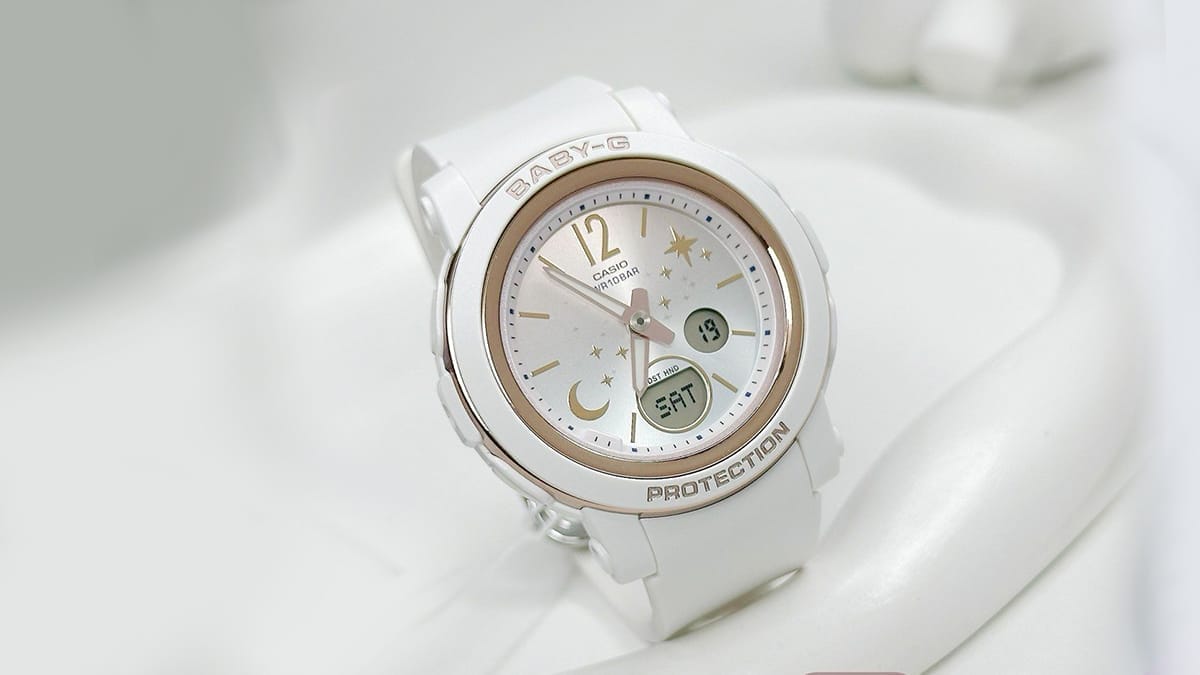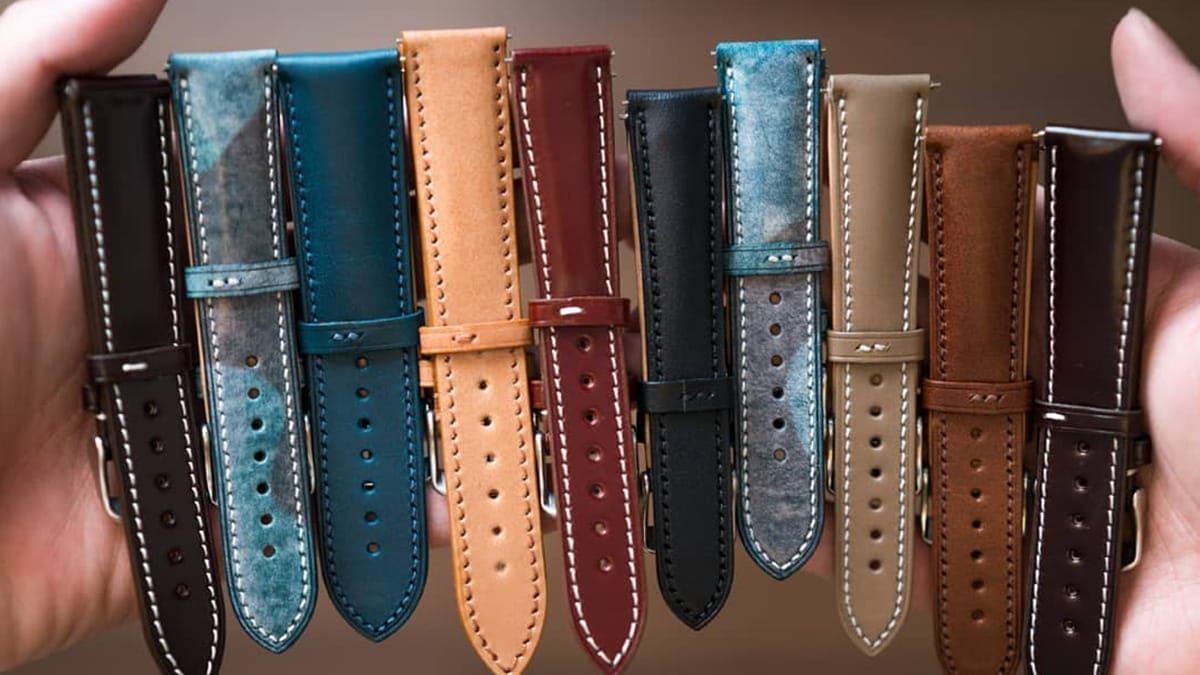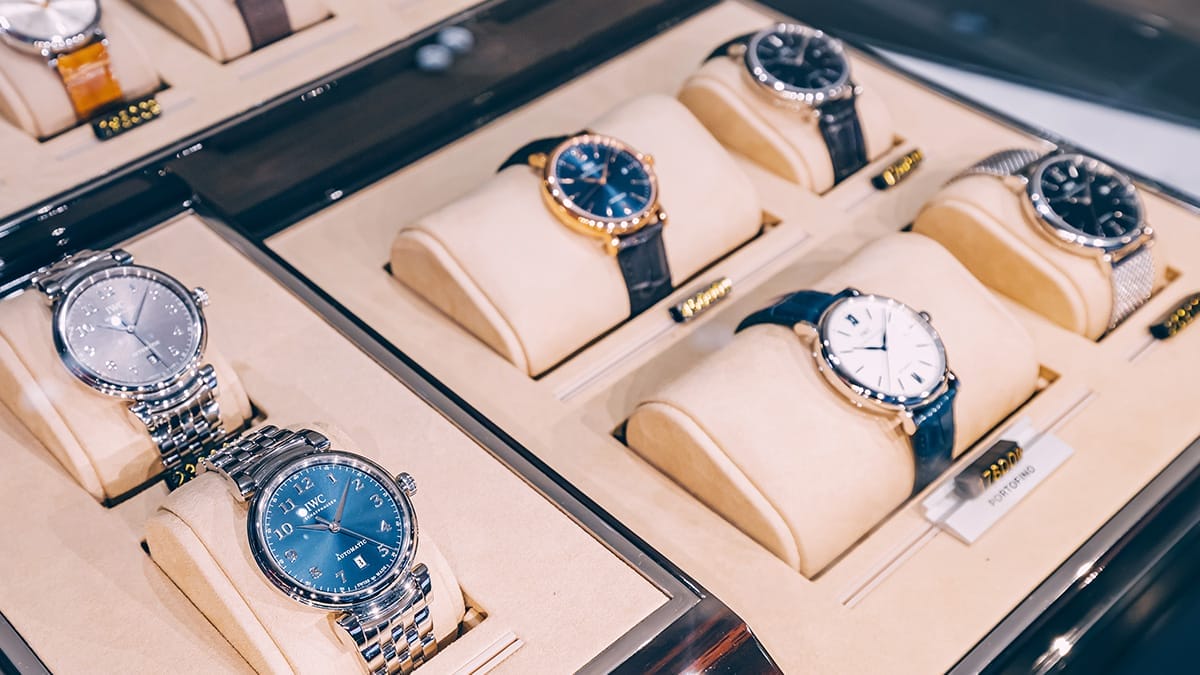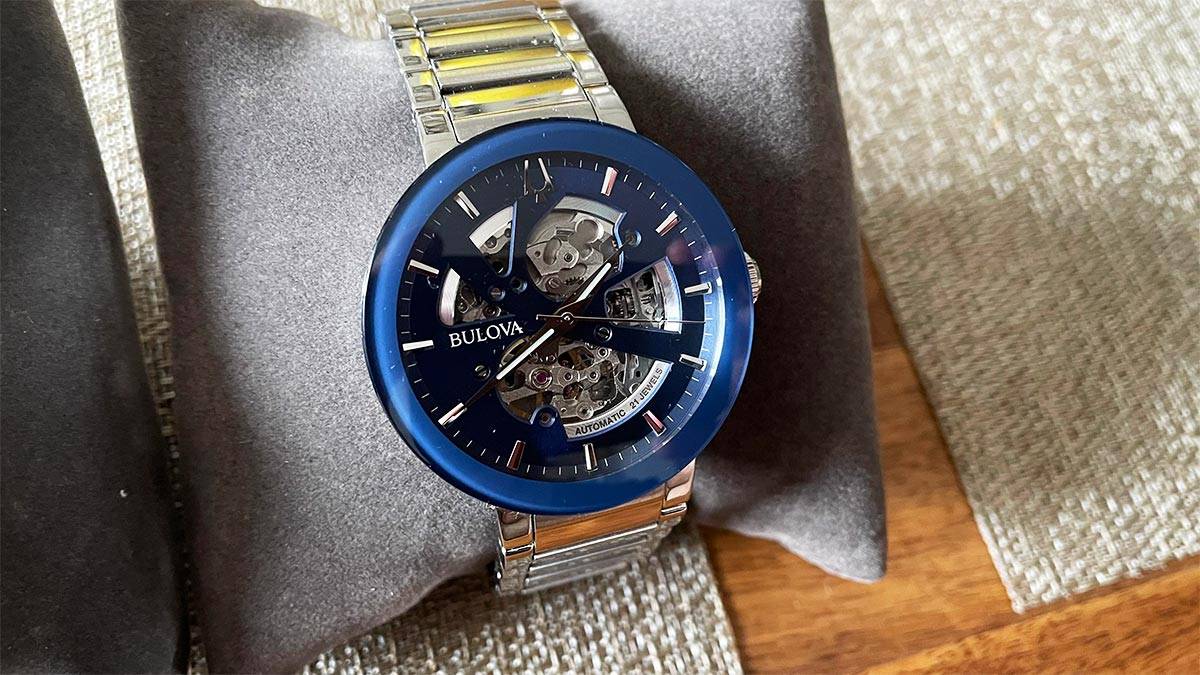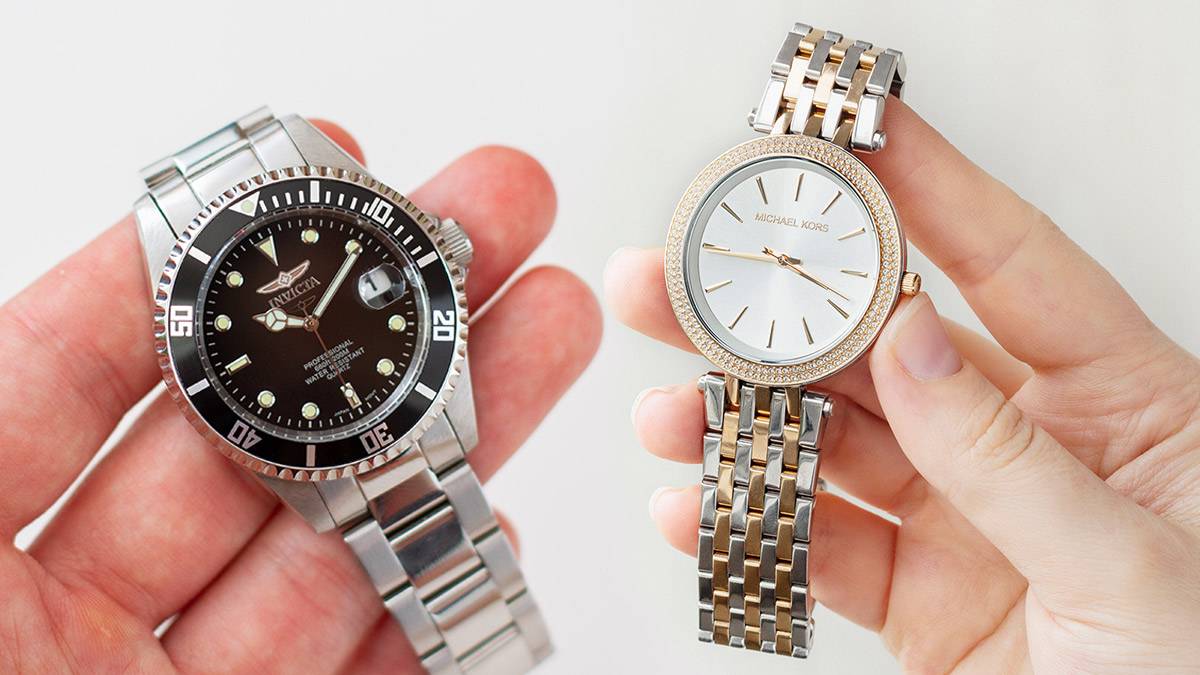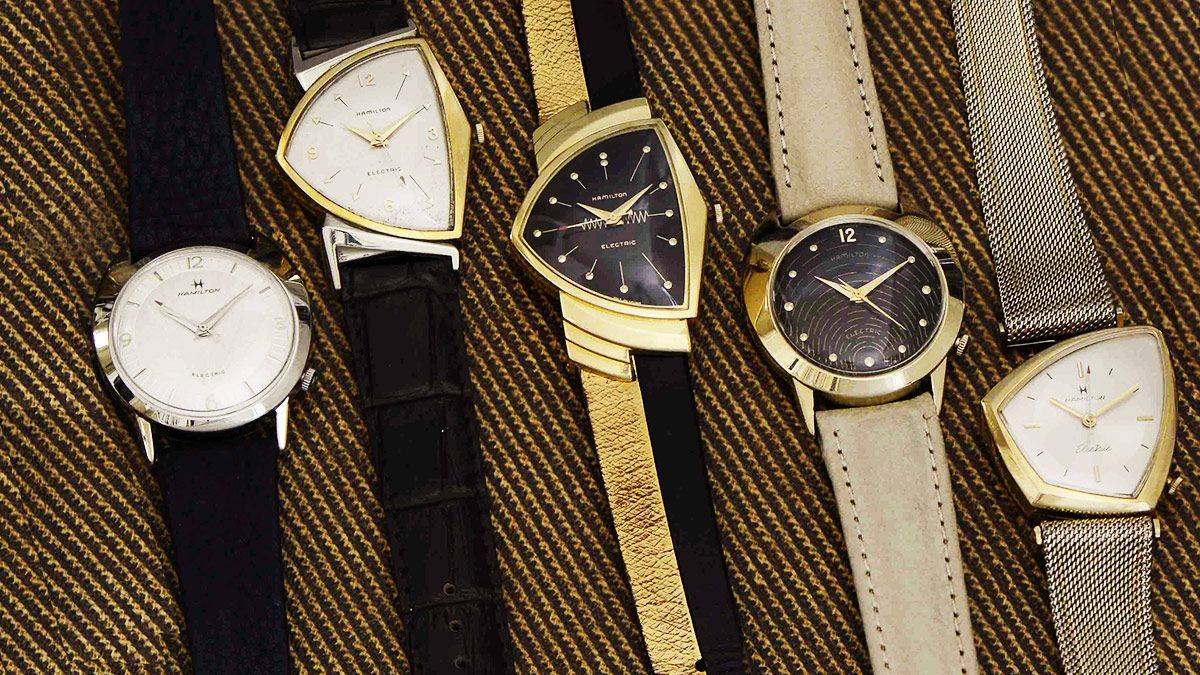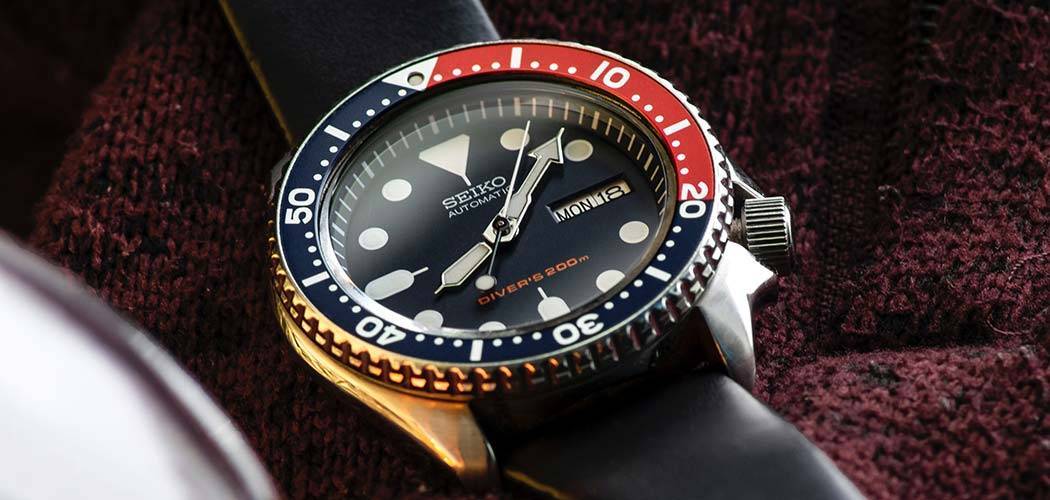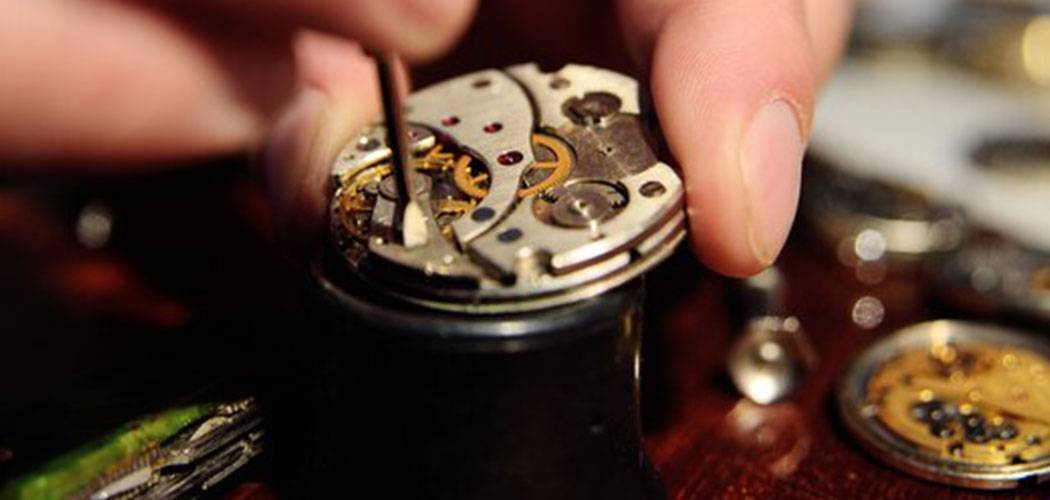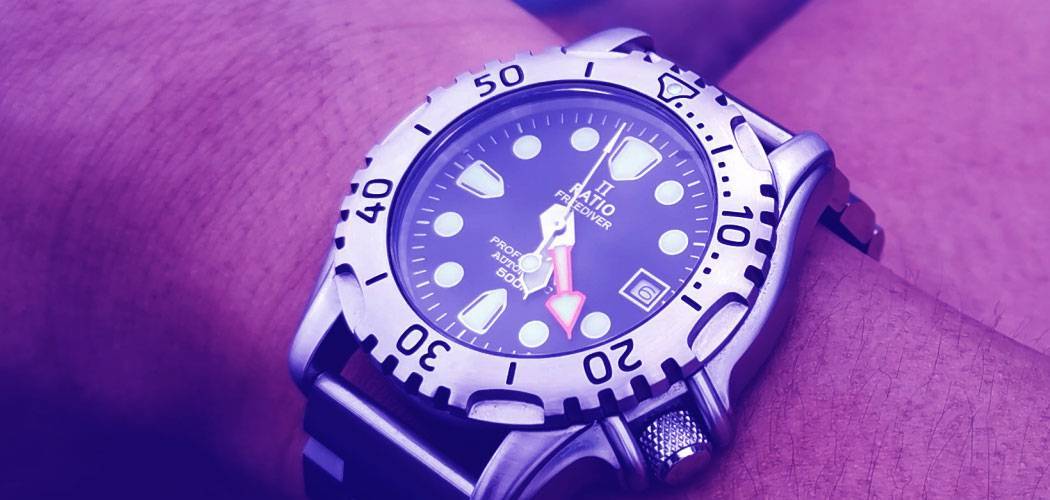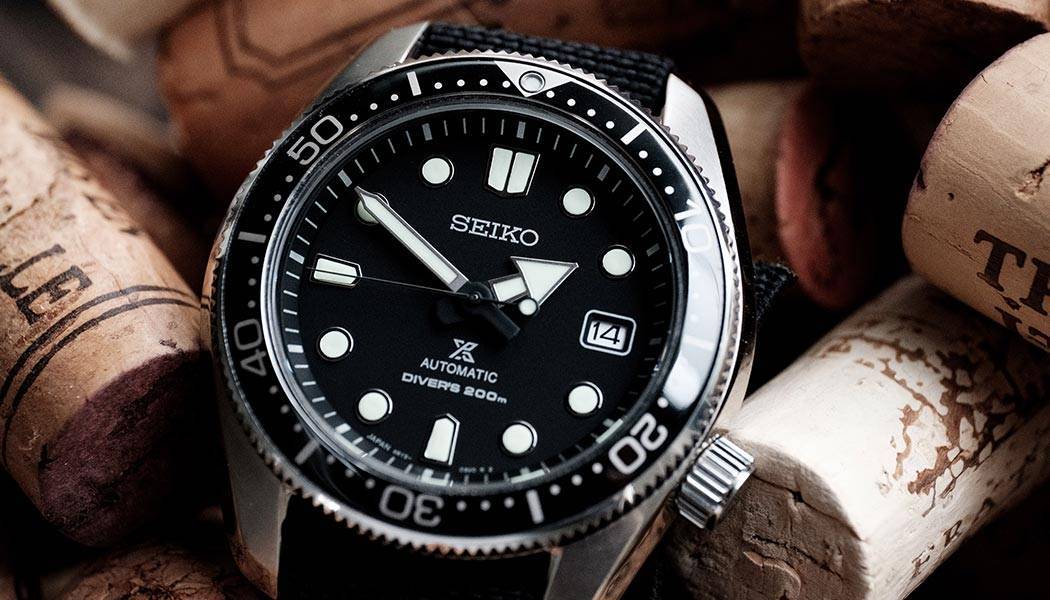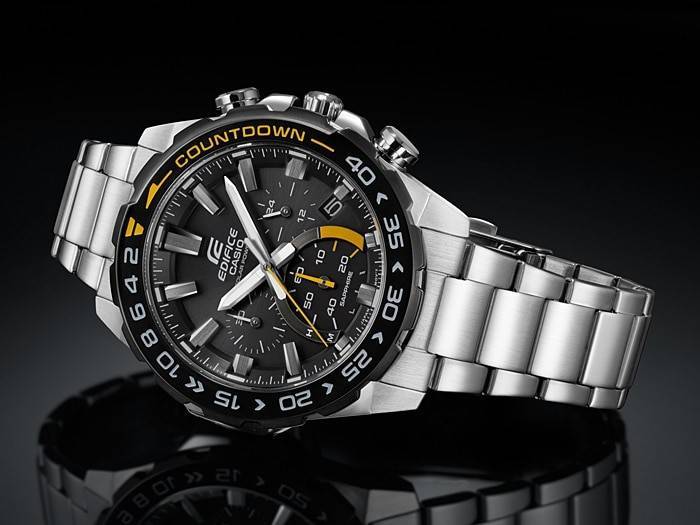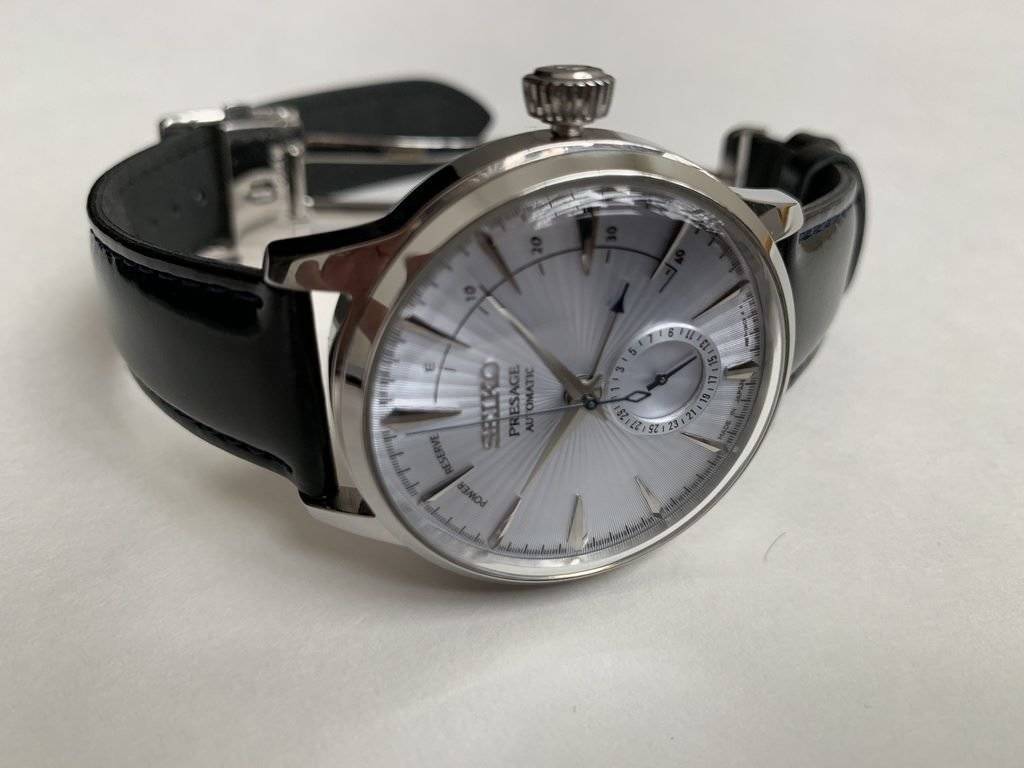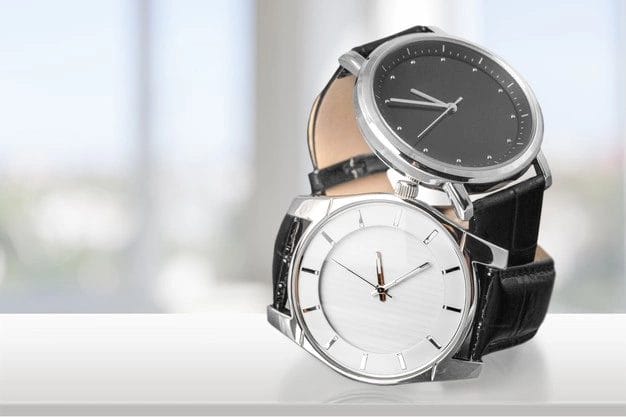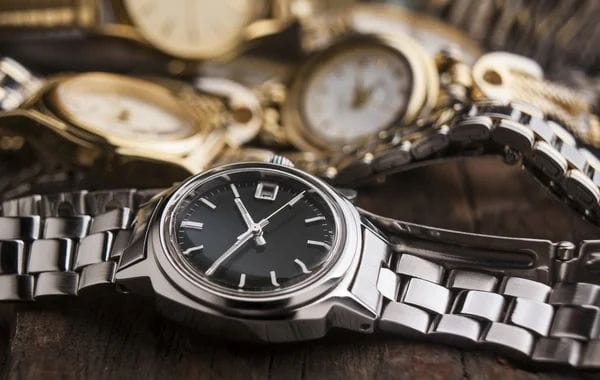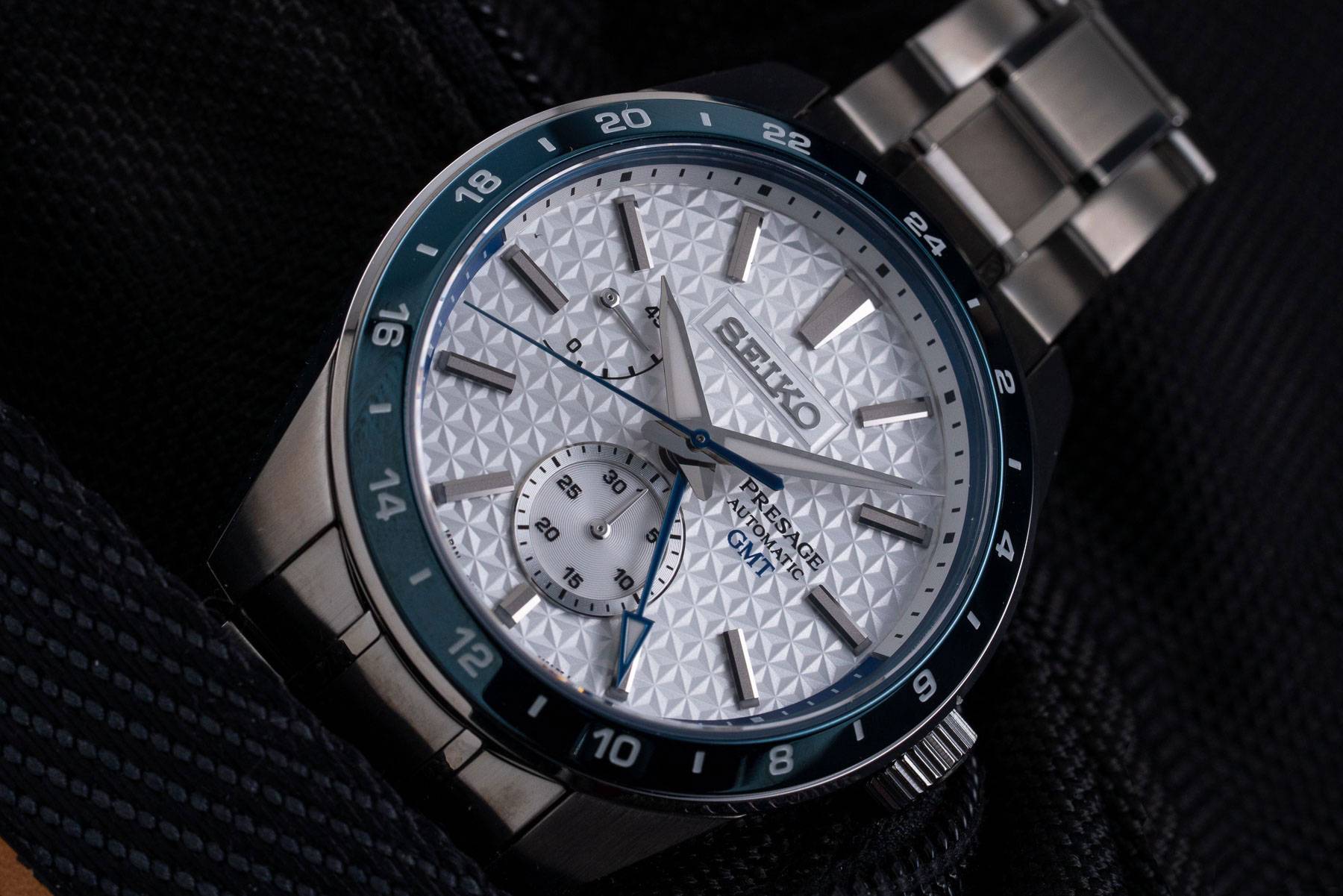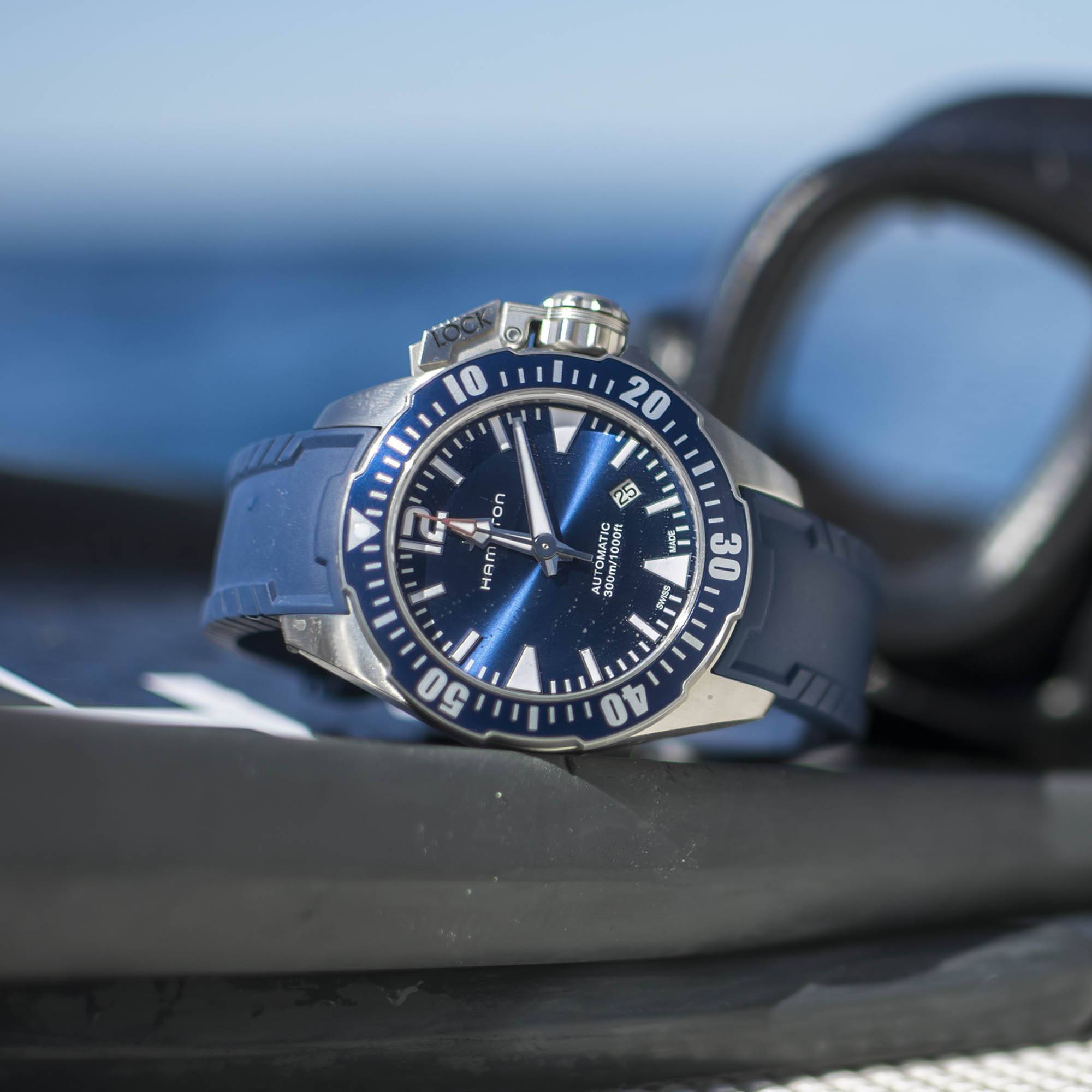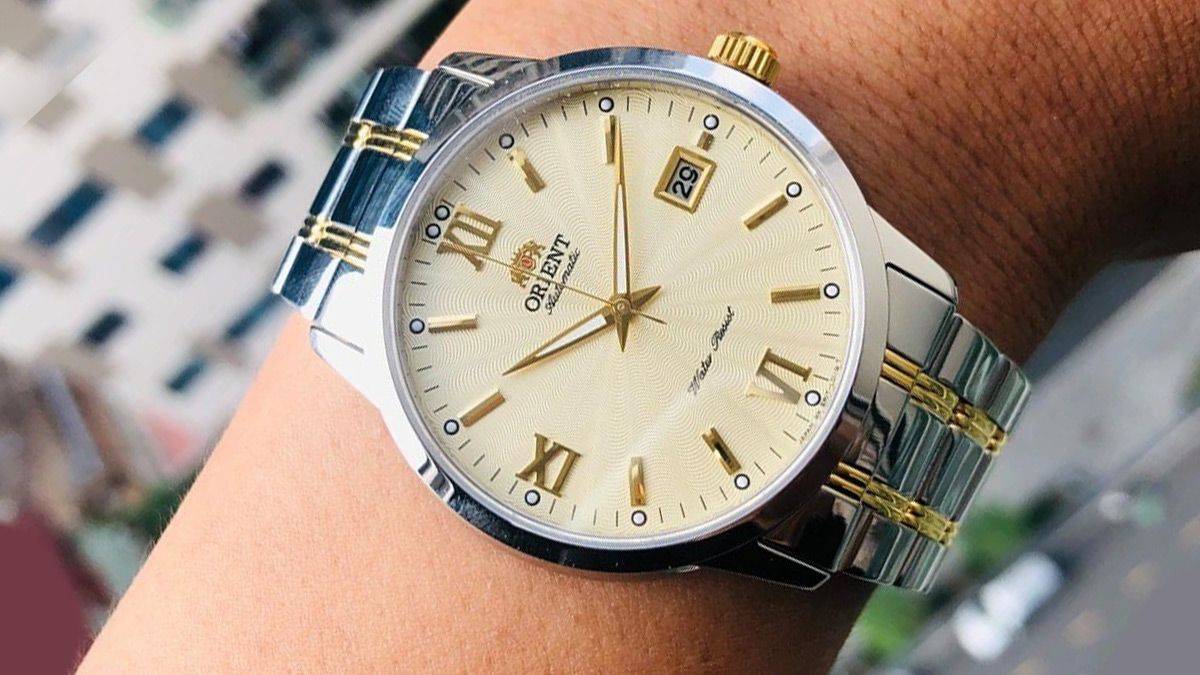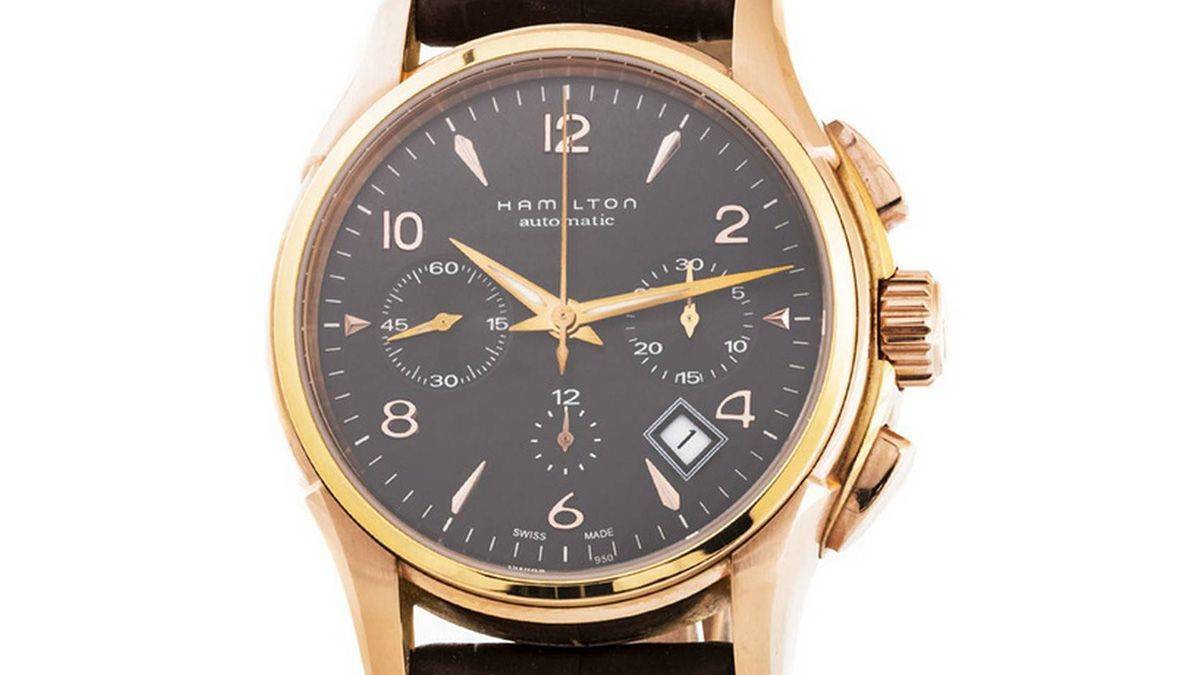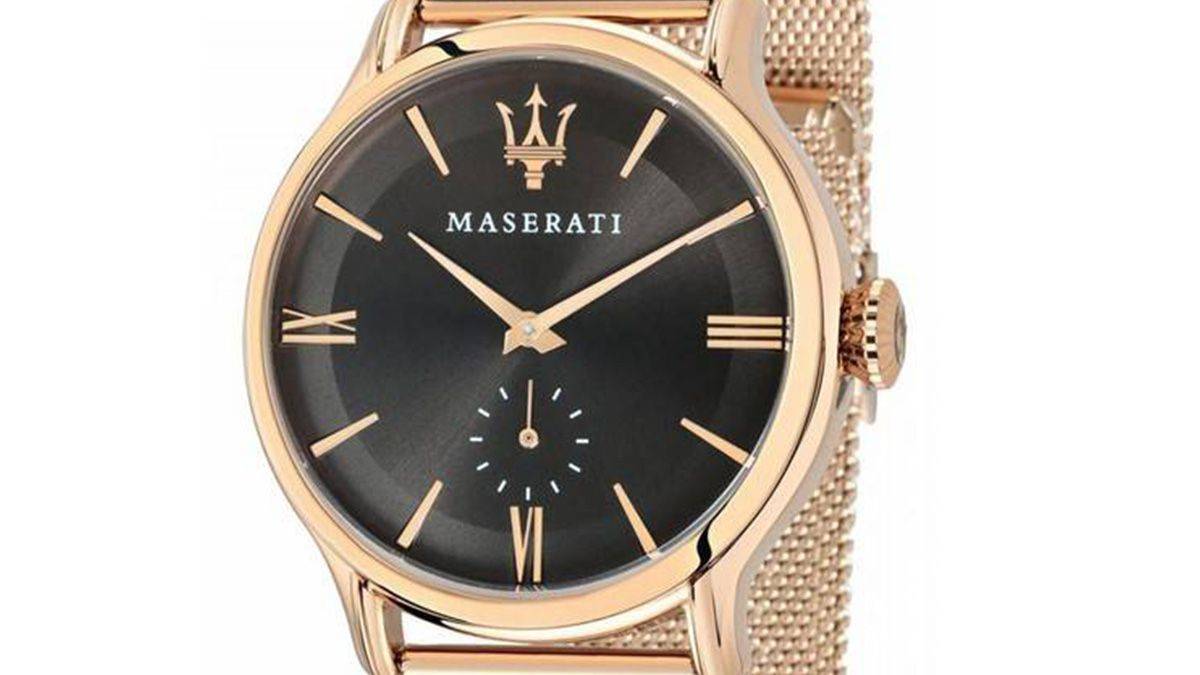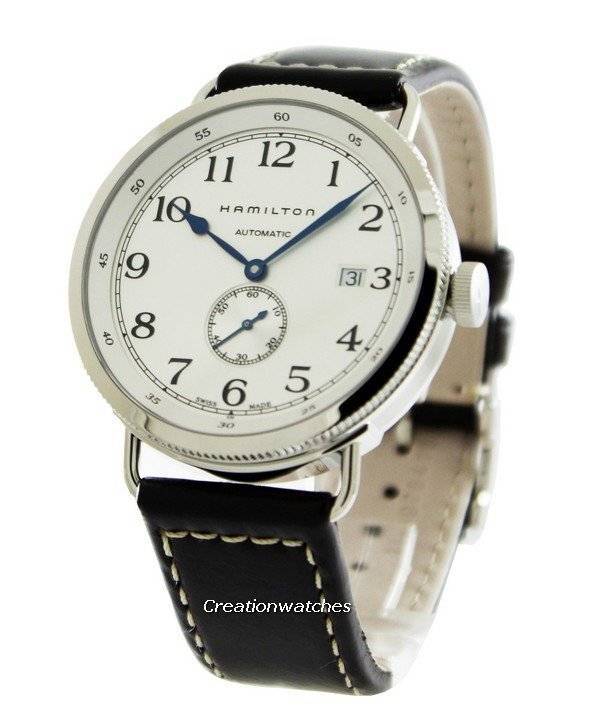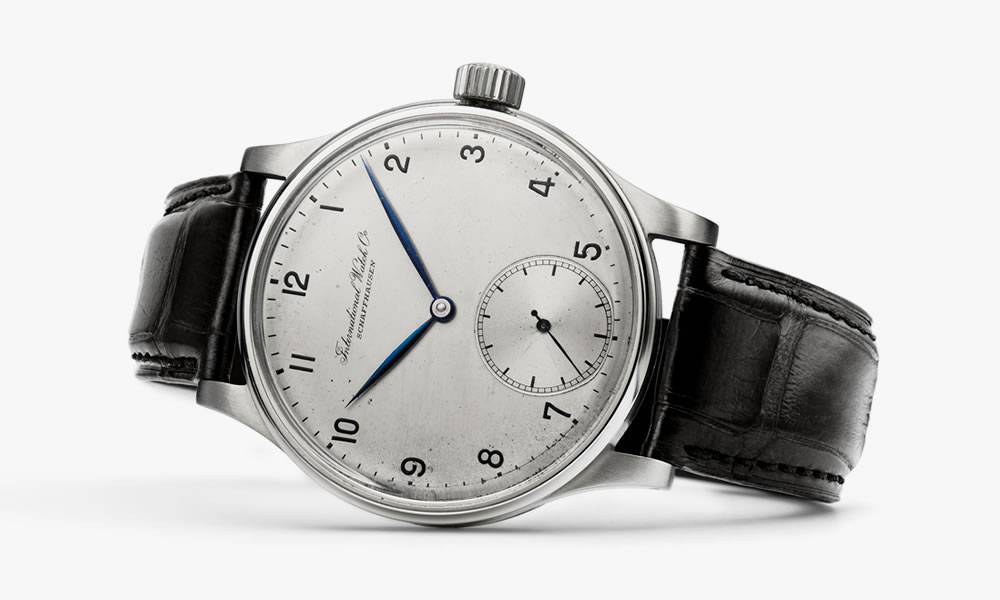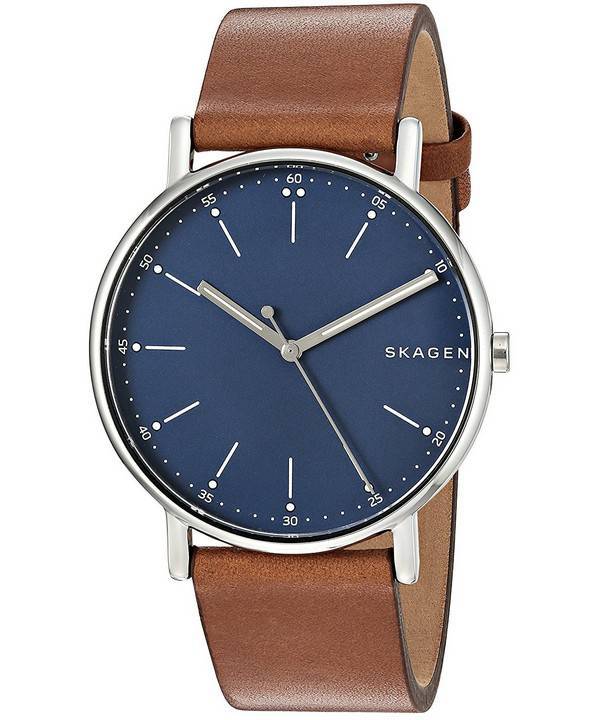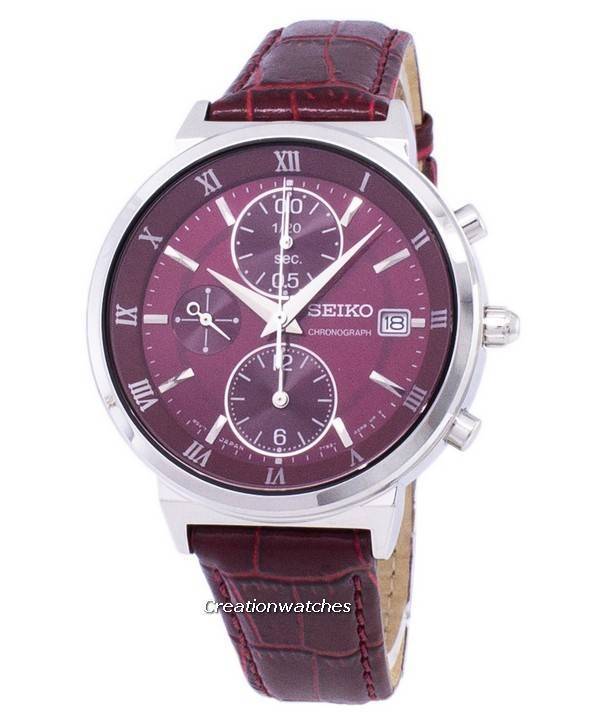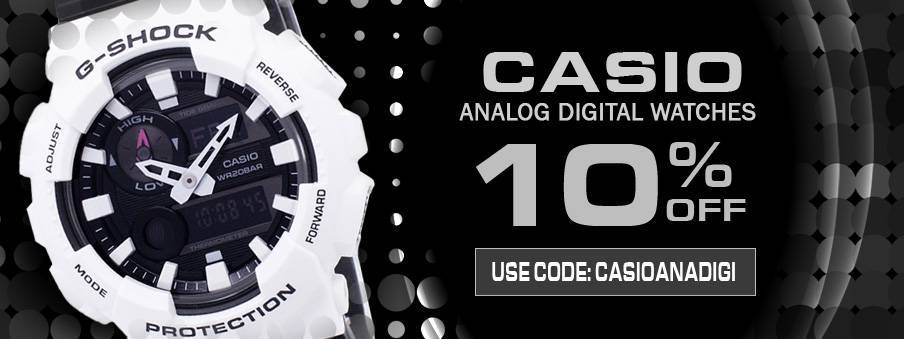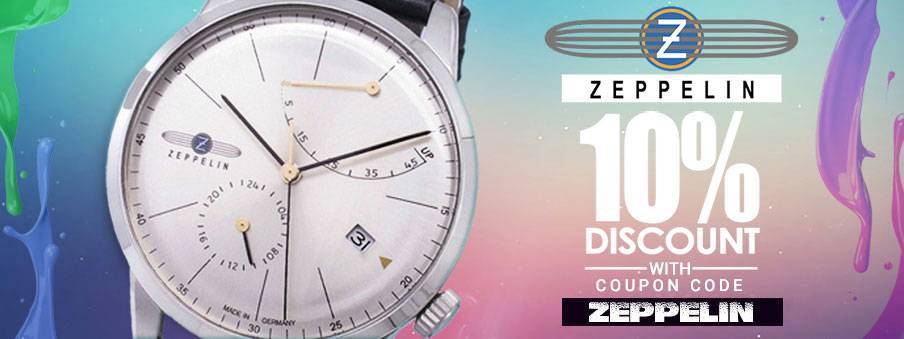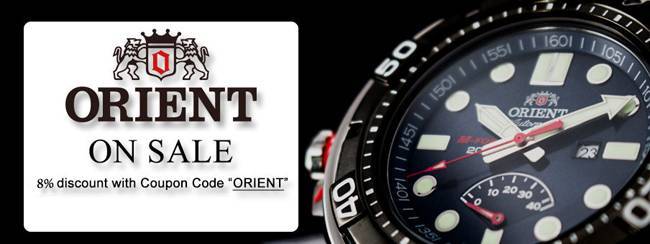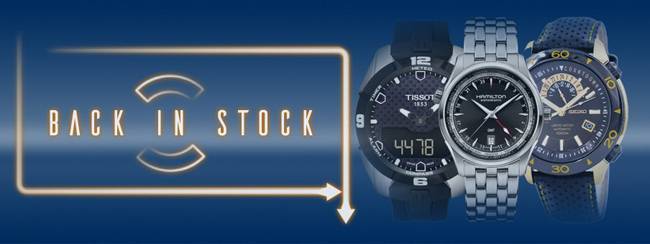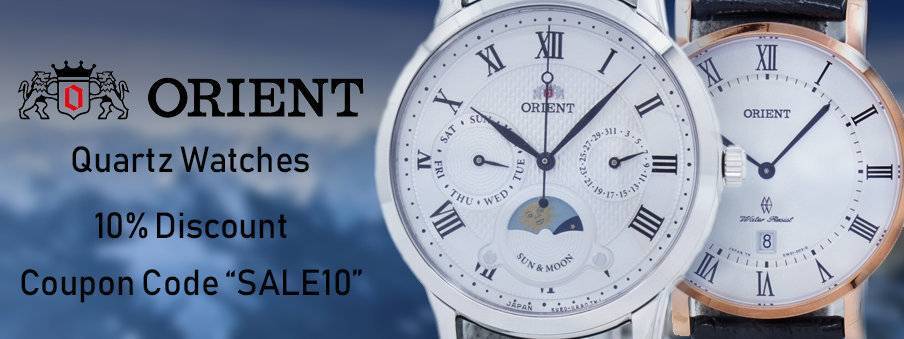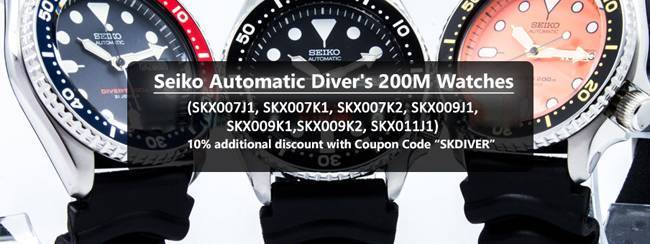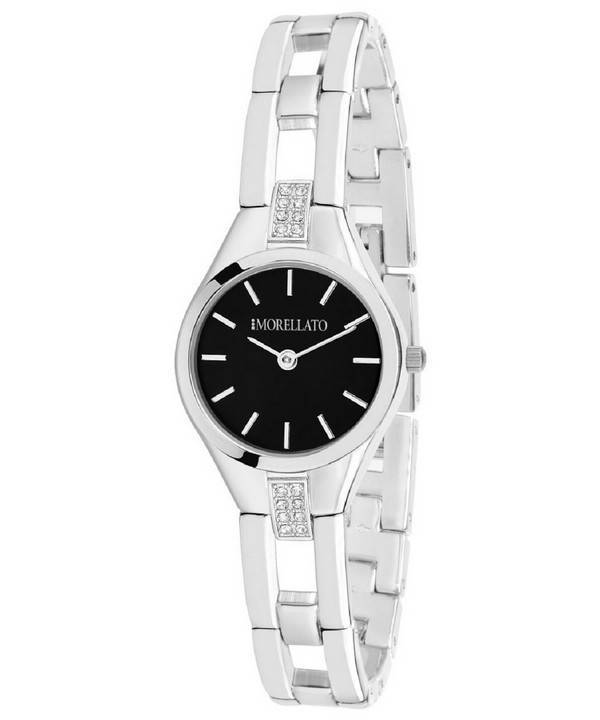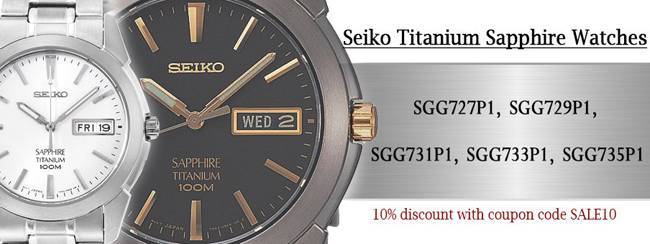
- May 9, 2022
- Watch Gonzo
- 0
Pre-talk
I’m going to go out on a limb and speculate this time, under full knowledge of it might be bringing over derisory comments and remarks from the larger crowd. Only a few will be trying it out.
Despite all that, I insist upon that every watch – whoever it might be from – must receive a certain amount of fine tuning post breaking-in; not just in its accuracy department but also with its external hardware i.e. the bracelet (mostly) and straps. It makes the watch hang around or cling perfectly to your wrist. It makes it easier to carry around; throughout the day and sometimes, maybe into the night! For accuracy readjustment, however; you’ll have to compromise the factory seal. With bracelet/strap band adjustment, the risk is accidental damaging of pins and grooves, if you are doing it yourself. Yet, it’s the best way to the best fit, for a professional watch repairer will give you a max of three tries. DIY is good, but you got to learn.
The right adjustment of your watch’s bracelet/strap, this way, brings you one of the most pleasurable feelings in the world. Why is that? Because wrists alike, watches too come in all shape and sizes which makes it all the more important to choose one that suits your wrist size the best. It’s no easy task for first time watch wearers or those new into the field and yes, the theory of bigger is not always the better also holds here. An oversized man or a woman holds lesser chances of getting booed at wearing a petite watch but a skinny man with a small frame wearing an oversized diver/dress/pilot …whatever…spells an absolute disaster! Let’s be honest.
Good news is, finding a watch size that suits your wrist size perfectly is no trouble at all! However, finding that exact balance in proportions might take a great deal of time and effort but its end rewards feel absolutely great! Let’s get into trying to find you the size that will make your watch fit like hand to glove. Once that’s done, we’ll talk about customizing the fit.
Wrist -Talk
With large wrists, it is less of a problem to find a watch. For them, any case diameter between 40mm and 46mm; even 50mm would do. It’s almost the same for average wrist sizes but wait…what’s the average wrist size for men? Or say, the median size?
Median size is held at 7.25 inches or 18.42 cm. It means 50% of men have a wrist size above that mark and the rest 50% with wrist sizes smaller than 7.25 inches.
80% of men are above 6.75 inches or 17.5 cm. 20% of the 80% are above 7.75 inches or 19.67 cm. Generally, 5.5 to 6.5 inches are considered small; above 6.5 till 7 inches are medium wrist and 7+ inches are large.
95% of men belong to the 5.85 inches to 8.65 inches (14.86cm/21.97 cm.) range. The remaining 5% we’ll talk about in some other episode.

For 5.85- to 6.75-inch wrists, men should stick between 34mm and 38mm while women can start from 21mm upward.
Basics of choosing the correct watch size for your wrist
What all should you consider while selecting a watch? In one word, the dimensions – of the watch case; of your wrist, of your entire frame and of the strap/bracelet’s! When all four fall into place, watch-wearing becomes an immeasurable pleasure that elevates not just your looks but also your mood by leaps and bounds.
Please take note: You can’t shun one for the other. That will throw parity and proportion out of order and the end result won’t turn out as good as you thought it to be. So that you can maintain this proportion throughout, it’s our humble effort to get you acquainted with these few points. Stick to them and you’ll find your every watch purchase turning out into a wonderful wearing experience.
- Case diameter: This comes first and foremost! The right watch for your wrist size must sit flush and the lugs must not overflow. From lug to lug, it must sit entirely on your wrist. In short, there should be no visible gap in between:
a.The back of the watch and the wrist. This is for bracelets and straps/bands both.
- Between the skin and the strap/band and buckles/clasps. Metal bracelets can fit as loose or tight, depends upon the wearer’s preference.

- Lug and band width:Lugs are the projections from the watch case that holds the pins that pass through the loops of the watch straps. Thus, lugs are the things that hold the watch straps and are important factors if you are replacing the current strap for your watch.
Lug width, on an average, varies typically in the region of 18mm to 26mm, the most common size being 20mm (for men’s watches). Lug width must be equal to strap width. Always remember that the lugs are not included with the case diameter. This means, some very large watches might have lugs that extend over the wrist, which is, at best, very, very uncomfortable. Opt for a smaller case size in that case.
- Band materials: Heavily impacts how your watch sits – and therefore, looks – on your wrist. Stainless steel, Titanium or Liquidmetalor in that case, any metal or metallic alloy is preferred heavier and thicker; leather and fabric richer, tougher. Other materials might include rubber, silicone, Carbon-fibre composite materials and ceramics – these are usually a better fit for medium to thin wrists. Medium to large wrists can sport all those plus they are at the advantage of metal!
- Unique details of the watch: Markers, hands, sub-dials and crowns come in different sizes vary in size on watches. These make a watch appear smaller or bigger; therefore, for larger wrists, large dial elements are welcome. A medium or thin wrist, on the other hand, must stick to minimal features, keeping complicated and distracted looks at bay.
A bit on watch sizes
Watches are available in many different sizes but what is considered to be too small or too big? The secret answer to the question, my friend, is primarily the wrist. This is what tells you initially – and to an extent, ultimately – the exact size of the watch that will fit you the best!
Case width aside, the case thickness also has a large role to play. It is a great determinant of the material, type, width and thickness of the watch strap/bracelet.
Men’s watches usually measure between 38mm and 46mm across. Above 46mm, they are marked oversized. Oversized watches are necessary for sports and professions like sailing, flying and diving. On the other side, anything smaller than 38mm fits women well.
To sum up, wrist sizes between 5.85 inches and 7.1 inch are most comfortable with case sizes between 34 mm and 43 mm. 7.1 inch to 8.65 inches are most comfortable between 42 mm and 46mm while 46 mm+ watches are for any wrist size above that.
This is not to say you are not allowed to wear an oversized watch on a medium or average wrist. Oftentimes, work (and more than that, mood or preference) demands one to be worn; this is where strap/bracelet adjustments, sizes, type and thickness come in. However, before that, we’ll look at the maximum size ideally allowed on each wrist size.
Watch Size Comparisons – Men
| Wrist Circumference | Small | Medium | Big | Oversized |
| 5.9 inch | 32 mm or less | 37 mm | 41 mm | 42mm or above |
| 6.3 inch | 34 mm | 39 mm | 43 mm | 45mm or above |
| 6.7 inch | 36 mm | 41 mm | 45 mm | 46mm or above |
| 7.1 inch | 36 mm | 42 mm | 45 mm | 48mm or above |
| 7.5 inch | 37 mm | 43 mm | 46 mm | 48mm or above |
| 7.9 inch | 38 mm | 44 mm | 47 mm | 50mm or above |
| 8.3 inch | 39 mm | 44 mm | 47 mm | Above 55mm |
| 8.7 inch | 40 mm | 45 mm | 48 mm | Above 55mm |
| 9.1 inch | 41 mm | 45 mm | 48 mm | Above 58mm |
| 9.5 inch | 42 mm | 46 mm | 49 mm | Above 60mm |

Watch Size Comparisons – Women
| Wrist Circumference | Small | Medium | Big | Oversized |
| 4.7 inch | 21 mm | 27 mm | 34 mm | 36 mm and above |
| 5.1 inch | 22 mm | 27 mm | 34 mm | 38 mm or above |
| 5.5 inch | 23 mm | 28 mm | 35 mm | 38 mm or above |
| 5.9 inch | 24 mm | 29 mm | 36 mm | 40 mm or above |
| 6.3 inch | 25 mm | 30 mm | 37 mm | 40 mm or above |
| 6.7 inch | 26 mm | 31 mm | 38 mm | 42 mm or above |
| 7.1 inch | 27 mm | 32 mm | 39 mm | 42mm and above |
| 7.5 inch | 28 mm | 33 mm | 40 mm | 44 mm and above |
| 7.9 inch | 29 mm | 34 mm | 41 mm | 45 mm and above |
| 8.3 inch | 30 mm | 35 mm | 41 mm | 45 mm and abov |
| 8.7 inch | 31 mm | 36 mm | 42 mm | 45 mm and above |
| 9.1 inch | 32 mm | 37 mm | 43 mm | 48 mm and above |
| 9.5 inch | 42 mm | 38 mm | 44 mm | 48 mm and above |

Going through thick and thin
| Case Diameter (mm) | Strap Width (mm) |
| 36mm | 18mm |
| 38mm | 19mm |
| 40mm | 20mm |
| 44mm | 22mm |
| 48mm | 24mm |
Thin watch cases have always allured the sharp-dressed men and women. The thicker variety, however; allures only a section of watch wearers; especially those on the heavier sides of life. It’s when quartz became the great leveller of watch thickness the difference gradually started disappearing.
Still, on an average, watches with smaller watch cases are comparatively thinner than the larger ones. Smaller ones hover around 7mm
while larger watch cases are usually around 9 mm in thickness, without the crystal, bezel, crown and case back. Exceptions like the Citizen Stilleto or the Diesel Boltdown are always there exhibiting larger case sizes with lesser thickness; however, examples that establish the norm furthermore – like this Morellato Sensazioni or the Casio Analog Quartz – are plenty.
When it comes to the straps or bracelets, the width of the watch strap – though primarily determined by the lug-width – might decrease along the length. The usual is strap width is roundabout half that of the case i.e. a 40 mm watch will sport a 20mm to 22mm strap. Few watches will have proportions different than this. But if you want a really, really big look, choose a strap that doesn’t taper down. Both the sides should have their ends as wide as the lugs, whether it is an 18mm wide strap/bracelet or a 26mm.
F.A.Q. – 7 questions every watch DIY wannabe asks
A:Modern watches – both mechanical and quartz – are built to run perfectly well beyond their recommended service intervals, provided you do not subject them to intentional, deliberate abuse. Yes, that applies even to the tool watches; even to the G-Shock – albeit they will withstand such mistreatments 100 times or more than those not meant for adverse environmental conditions.
Still, ‘don’t fix till it’s broken’ is not the ideal approach if you want to own a watch. From time to time, you need to check it from not the views of an admirer but that of a critic.
True, a Solar or a mechanical watch can well keep on working even after a decade or more without any servicing or maintenance; however, the resulting wear and tear – more so for a mechanical watch – brings it closer to its breakdown every passing moment after the 3-year mark. And as time passes by, things get all the more difficult; especially, if you are attempting a repair without replacing parts that are worn out. This deterioration of internal components could be prevented with a well-scheduled DIY routine, that spares you from squeezing time out of your busy schedule to visit a watch service centre ten miles (or more) away. Plus, it takes almost an eternity before it’s returned to you again.
For these very reasons, you must service your watch once every two years and considering the associated costs for maintenance and the lengthy waiting period, DIY is encouraged.
A: Among all the most common mistakes, extending the service interval is the biggest. Next, it is about replacing damaged components, for which people often opt for cheap, local-made alternatives. This is largely due to the fact that watch maintenance is expensive and it particularly applies for the post-pandemic world where everyone is trying to earn more and/or save money.
Not disclosing the problem in its entirety is a mistake committed by the service personnel. They do it to ensure your repeated trips to the service centre. While repairing the only symptom observed would take care of the problem for the time being, it sows the seed for smaller existing problems to get bigger and nastier in future. That’s bigger expense!
Whereas, with a proper knowledge, tools and dexterity, all you’ll need is to buy the components and keep aside some spare time.
A: Don’t try to service your watch in a hurry.
b. Don’t try to save a few bucks by purchasing low-quality lubricants and tools.
c. Getting your watch shiny and clean from outside isn’t servicing. You need to clean it from the insides, removing every tiny dust/dirt particle around the gaskets, glass and the case back.
d. Give the watch all the lubricant it needs. Thinking that you’ll use the same quantity to oil two (or more) watches instead of one is silly. You’ll be wasting your money and damaging your watch at the same time.
A: A running watch is subjected to wear and it’s only proper lubrication and internal cleaning that will keep it running well. Else, the wear exacerbates, resulting in partial or complete damage of the watch movement.
Contrary to what we mostly believe, lubricants do not accumulate at one spot if a watch stops running. Fresh lubricants remain fluid inside the watch; only after it gets old by 5 years or more, it becomes a matter of concern.
A: To answer simply – It all depends on the watch. The basic technological principles stay the same but the technological advancements make them complex; in particular, for those with longer service intervals. Therefore, whether it’s a vintage watch or a long-service internal watch, an average service interval of 3 to 5 years is recommended.
A: Yes, of course! The approach should be completely different, depending upon the age and model of the watch. Else, it might result in significant losses of originality and character of the watch.
A:No. They are not malleable to work with; they either work or break. A complete replacement i the only solution offered here. However, for internal silicon components – such as the hairspring – stick to the one provided by the manufacturer of the watch you are servicing, repairing or restoring.
Keep dropping in to leave your replies below. State which one of the above mentioned you’d like to go for the most and also, for what?













